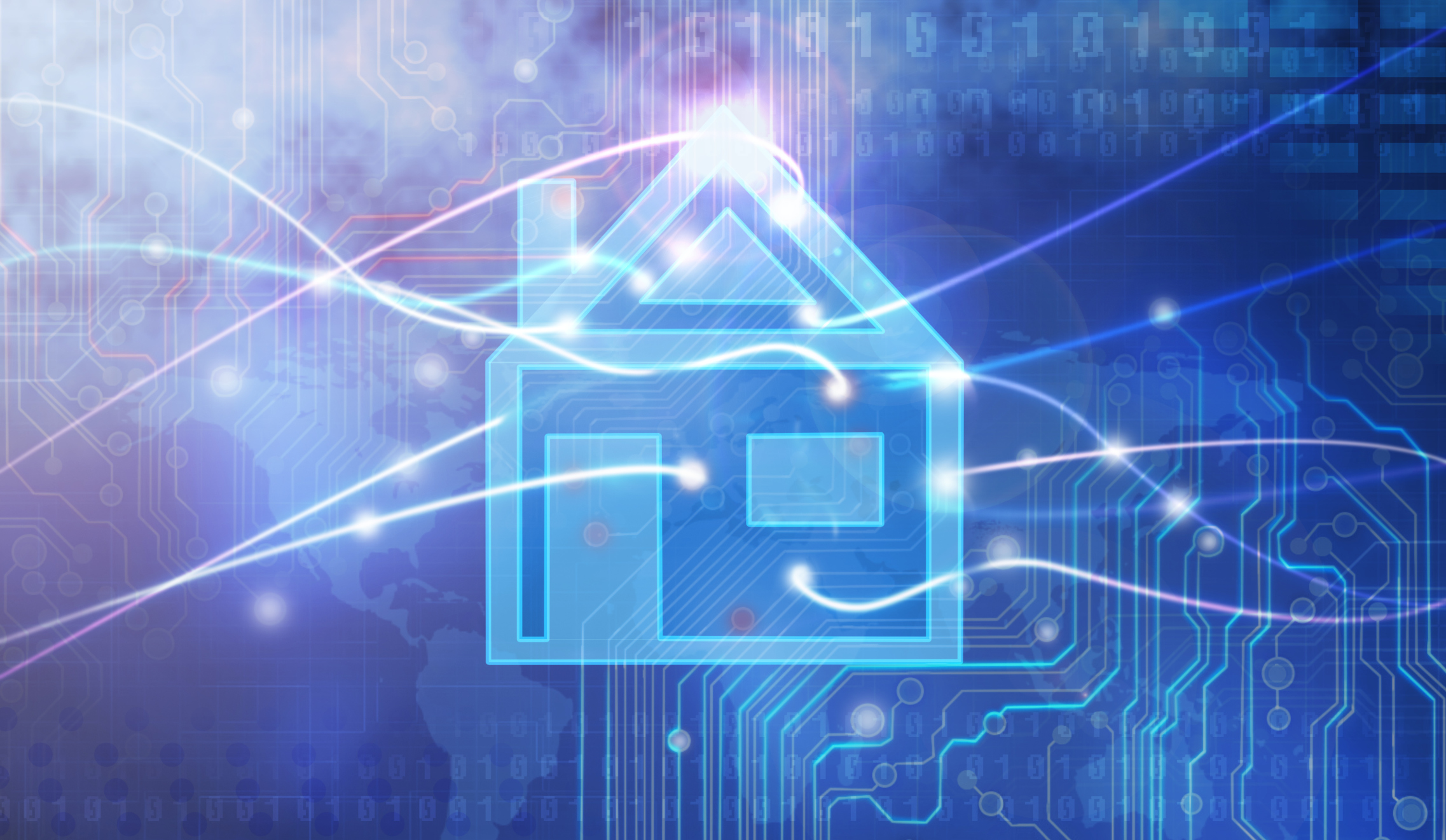Welcome to the Lab’s coverage of the 2017 Consumer Electronics Show, the biggest annual tech trade show that sets the consumer tech trends for the coming year. As with previous years, the Lab has a team on the ground in Las Vegas scouting the show floors to bring you the most noteworthy discoveries and announcements that marketers need to know.
What We Saw At CES
It would be an understatement to say that this year’s CES is seeing a surge in smart home devices. We touched upon the ongoing diversifications of smart home products in our first CES newsletter, but there are so many cool little gadgets that aim to make your home life a little easier that we couldn’t include them all. So here are some more highlights from the smart home space at CES.
On Wednesday, LG unveiled Hub Robot, a smart home device intended to compete with Amazon Echo and Google Home. Instead of being more like a cylinder speaker, this R2D2-shaped home assistant robot can not only tell you the weather but also start your vacuum cleaner and turn on your oven, provided that you have connected home appliances that can talk to the Hub Robot over Wi-Fi. LG says it is looking to release this product in select countries within 2017.
In contrast, other new smart home devices on display at CES tend to be a bit more focused in terms of functions. In the bedroom, Sensorwake Oria aims to enhance the quality of sleep with a connected fragrance dispenser. For the bathroom, Moen’s new shower system allows you to pre-heat the water and configure other aspects of your shower experience with a mobile app.
Then in the kitchen, Hello Egg from startup RnD64 is an egg-shaped AI assistant designed to help you plan your meals and grocery shopping meals. As for the refrigerators, there are FridgeCam by Smarter and the NeOse smell recorder that uses camera and smell sensors, respectively, to help you track the freshness of your food and detect expired and spoiled items. In addition, LG also introduced a smart fridge that you can talk to thanks to its integration with Amazon’s Alexa, which is quickly taking over the smart home space and becoming something akin to an operating system for the IoT home devices.
What This Means For Brands
The diversification of home IoT devices showcases the rapid growth and vast value in the smart home space. Revenue in the connected home market is expected to surpass $10,400 million in 2017, with its household penetration rate estimated to hit 32%. As they continue to gain momentum in the consumer market and adopt voice-based interfaces such as Alexa to facilitate user interactions, smart home devices hold great potential for brands because they offer a way in for those brands to reach consumers at home and connect with them in a more intimate, relaxed context. Therefore, brand marketers, especially those in the CPG, food, and lifestyle categories, need to pay close attention to the developments in the smart home space and start exploring possible partnerships.

